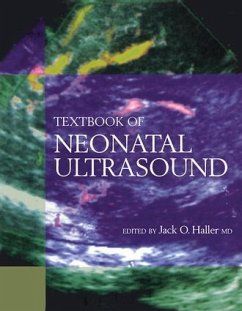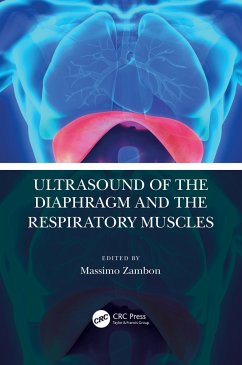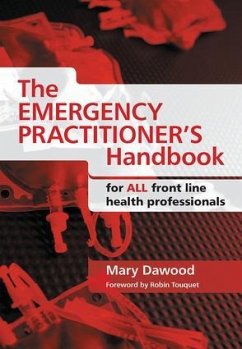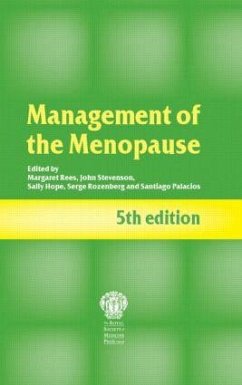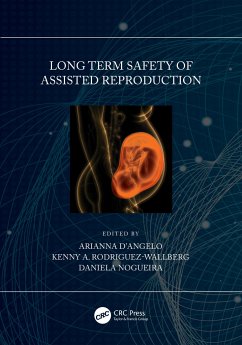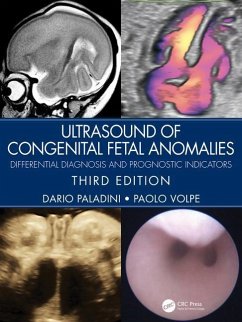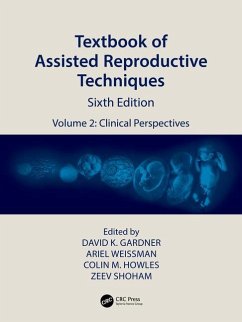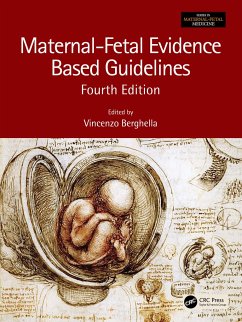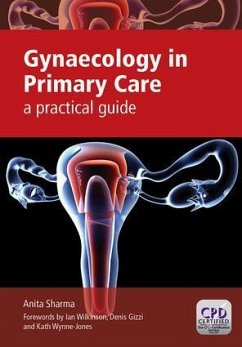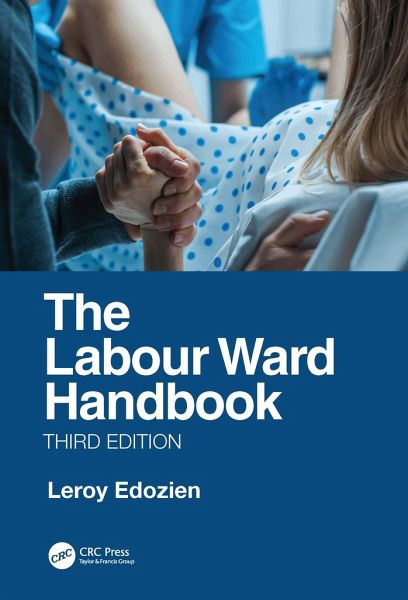
The Labour Ward Handbook
Versandkostenfrei!
Versandfertig in 6-10 Tagen
45,99 €
inkl. MwSt.
Weitere Ausgaben:

PAYBACK Punkte
23 °P sammeln!
This succinct manual provides detailed clinical practice guidelines for the care of women in labour, this is designed to be a ready guide for use in the delivery suite by the busy clinician. The third edition has been updated to include new developments in clinical practice and governance and new guidelines. So far as is possible, the differences in care scenarios internationally have been addressed to provide a reliable guide to safe delivery.Key FeaturesProvides detailed clinical practice guidelines for the care of women in labourOffers a ready guide for use in the delivery suite by the busy...
This succinct manual provides detailed clinical practice guidelines for the care of women in labour, this is designed to be a ready guide for use in the delivery suite by the busy clinician. The third edition has been updated to include new developments in clinical practice and governance and new guidelines. So far as is possible, the differences in care scenarios internationally have been addressed to provide a reliable guide to safe delivery.
Key Features
Provides detailed clinical practice guidelines for the care of women in labourOffers a ready guide for use in the delivery suite by the busy obstetric clinician and all members of the teamFocuses on the clinical relevance of the problem points arising.
Key Features
Provides detailed clinical practice guidelines for the care of women in labourOffers a ready guide for use in the delivery suite by the busy obstetric clinician and all members of the teamFocuses on the clinical relevance of the problem points arising.





